Scratch a Parisian, and they will tell you why the food market where they shop is the best. Tourist guides also make recommendations, such as here, here and here. Open-air food markets are an essential part of cooking and no one who wants fresh, tasty ingredients would turn to a grocery store.
My favorite is the Marché Berthier, on the northern edge of the city in the 17th arrondissement. It’s at the intersection of the bourgeois area where I live and a less well-off neighborhood to the north. That’s the first thing I like: The market reflects a diverse part of the city.
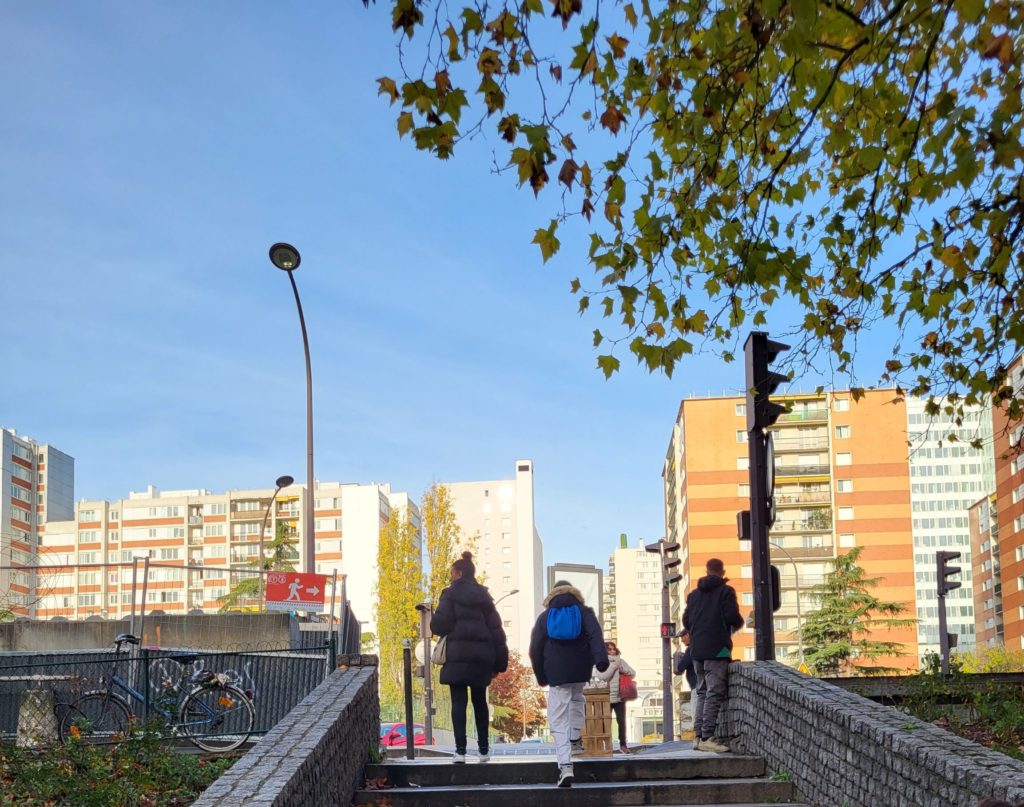
You can find almost anything there. Excellent fish, for instance. The smile on this proprietor’s face is not an expression often seen in the city’s swankier markets.
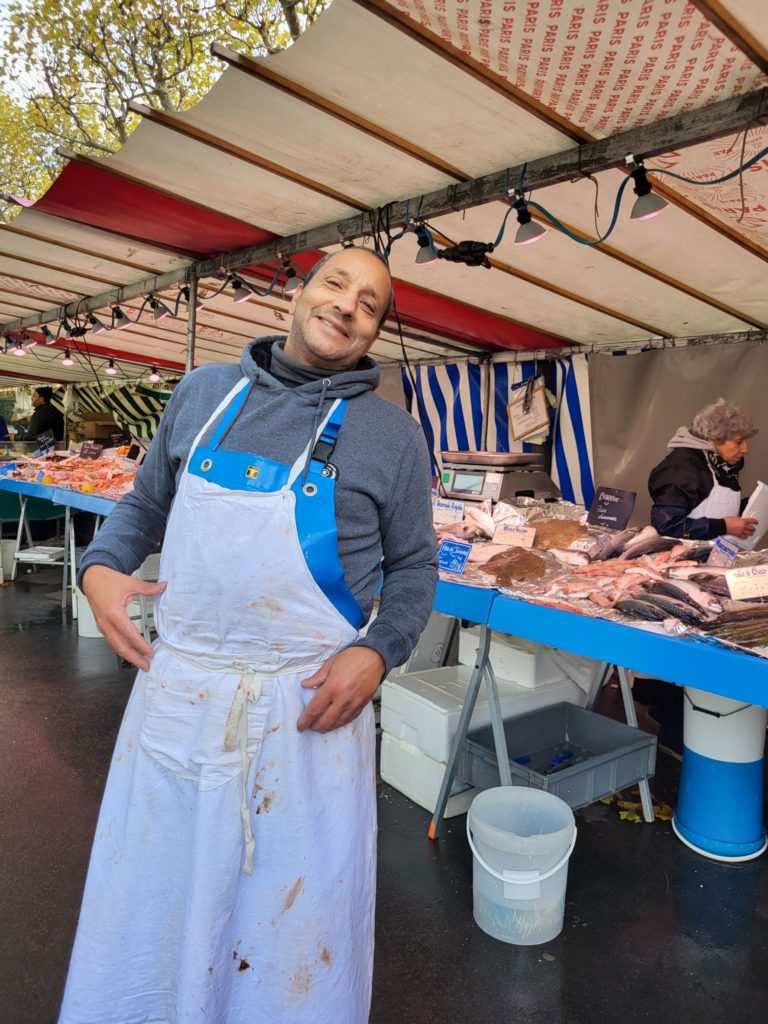
Visually the produce displays are stunning, and the prices are incredibly low. You can get raspberries, at least until the season ends, for 2 euros a container.
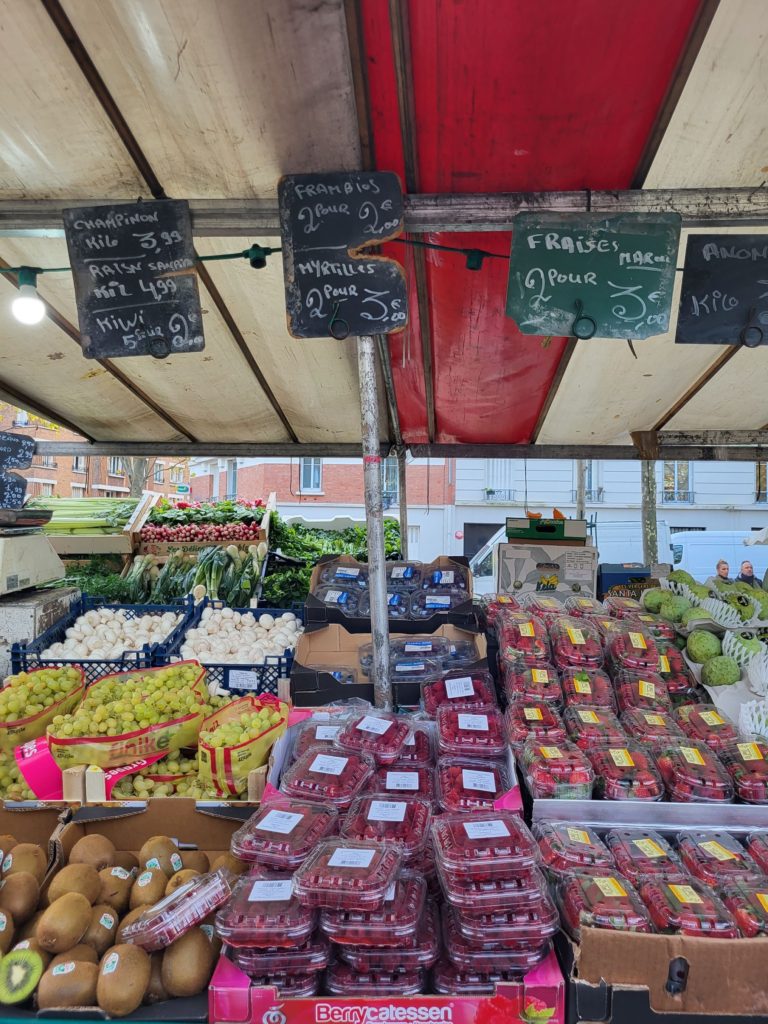
At the higher-end Marché Poncelet, to the south of where I live, raspberries cost 4 euros a container (though, truth be told, vendors there offer discount deals and sometimes throw in a container for free).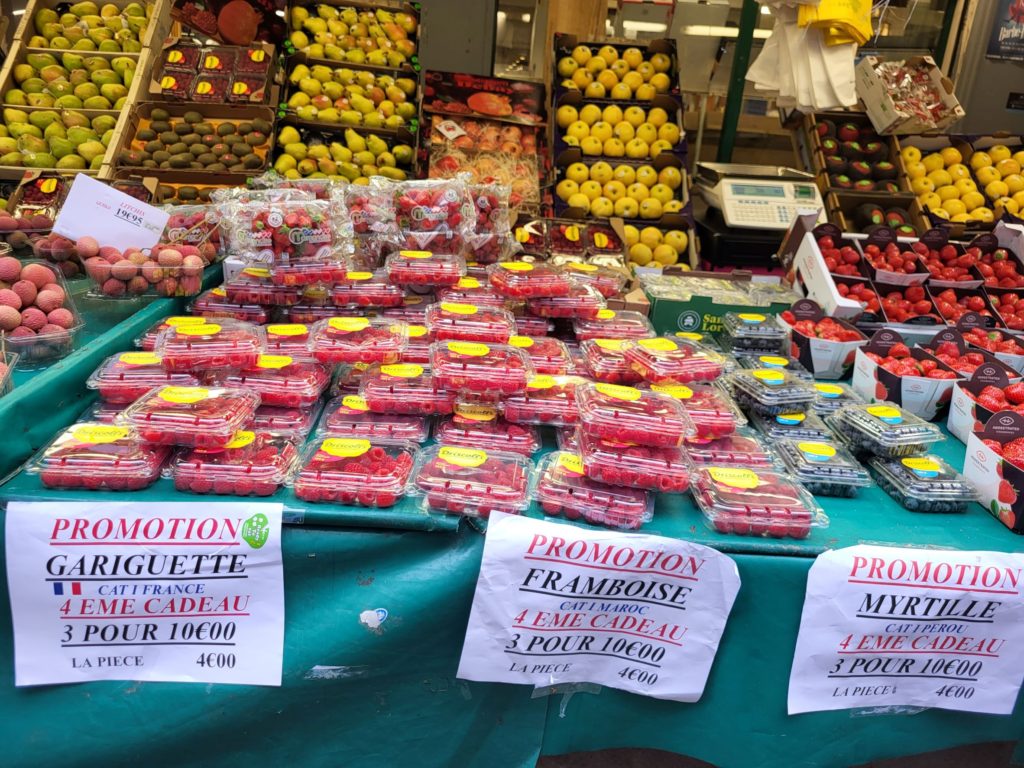
Poncelet, like other shopping streets, certainly displays its wares more artistically. It’s less crowded, too.
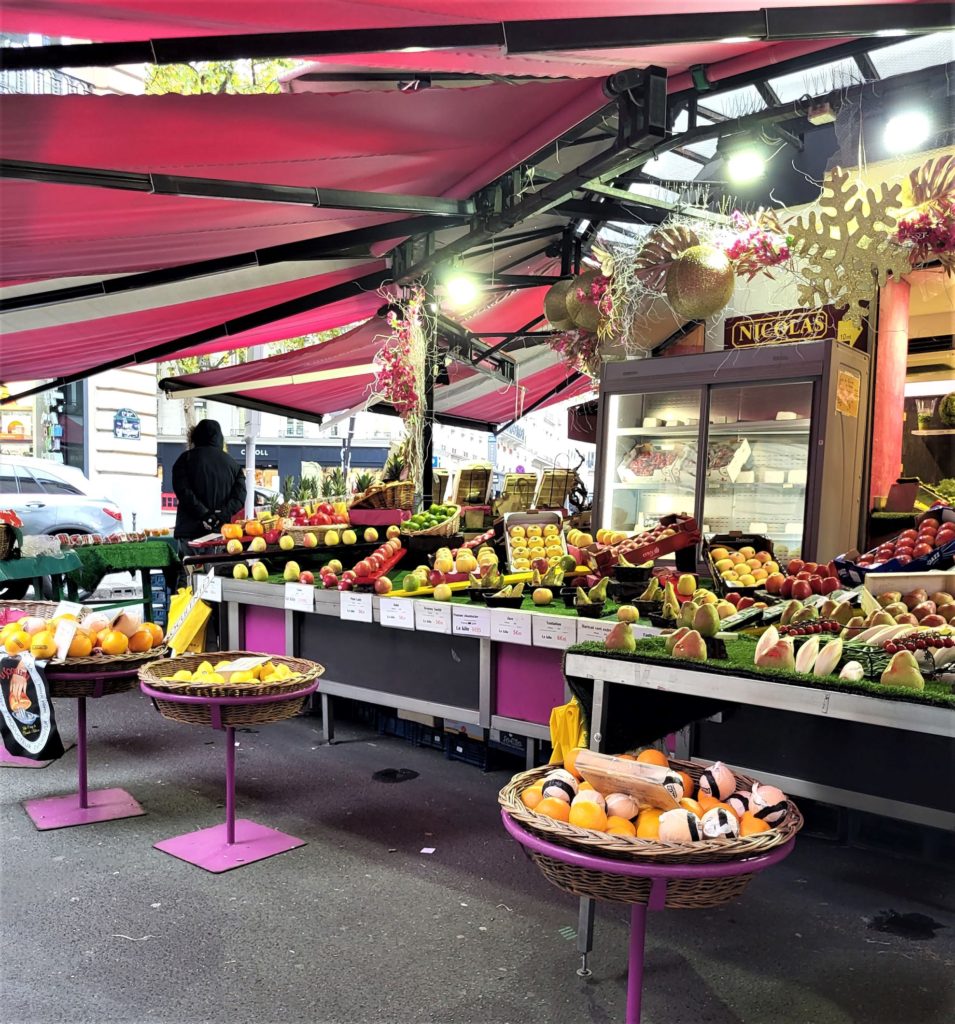
But it doesn’t have a stall selling olives, couscous and spices.
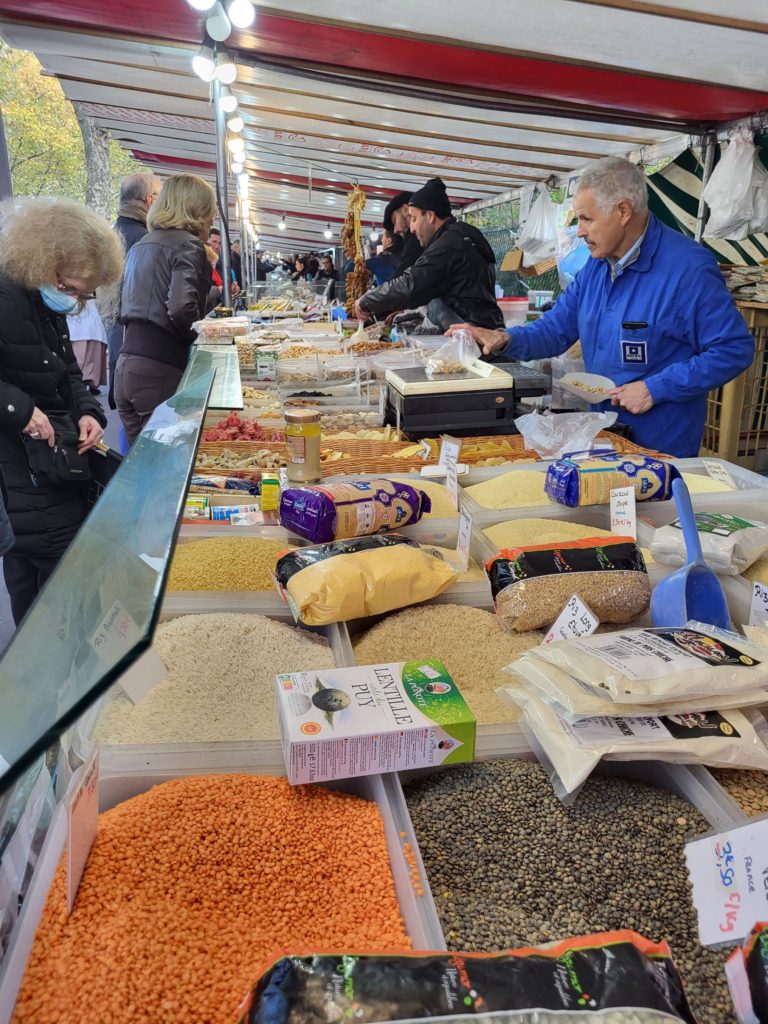
The two represent the main kinds of market shopping you can do in Paris. Berthier is one of Paris’s 21 rotating markets, open a couple of days a week and operating in stalls set up by the city. Poncelet is a shopping street: open every day of the week (often closed on Sunday afternoons), usually on a pedestrian street, where vendors operate in stores, sometimes with stalls out front.
A rotating market is more likely to have a bit of everything, not just food. At mine – Berthier is the name of a nearby boulevard — you can also buy kitchenware, perfume, clothing and much else.
And you can bring and deposit your food waste, a new option offered by the City of Paris. Because of that, I now go to the Marché Berthier almost every day it’s open, that is, Wednesday and Saturday.
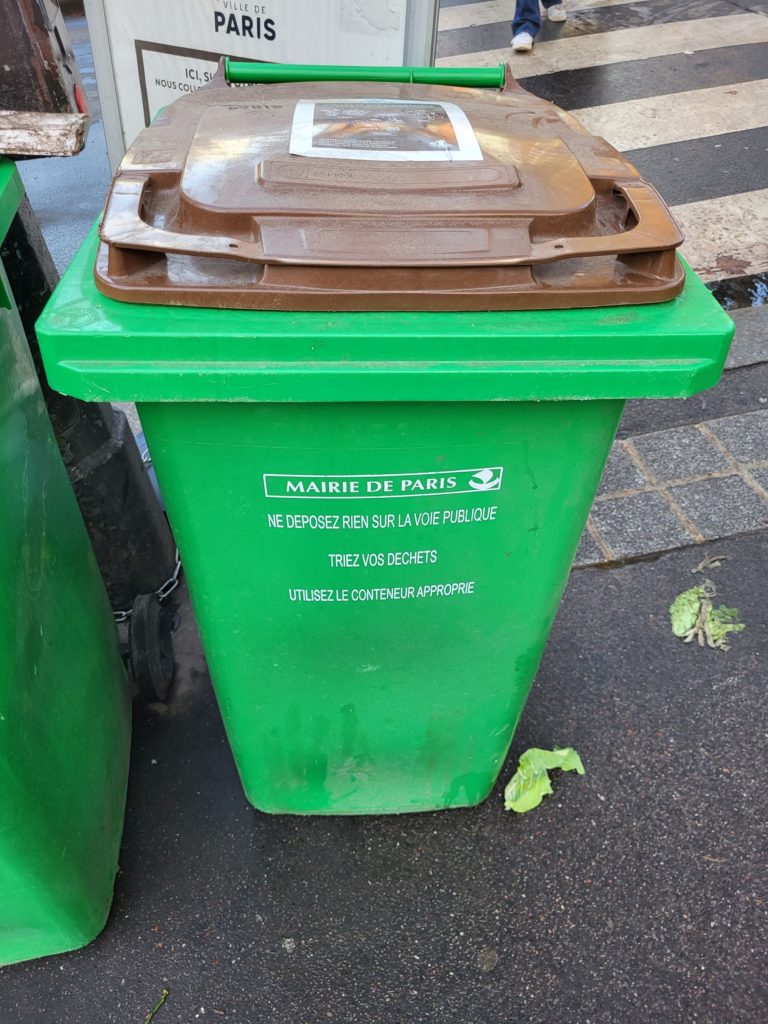
I missed it terribly during the pandemic, when very few vendors showed up even after the lockdown.

It wasn’t about the food. Charlie and I could live on what we were able to get at the local Monoprix, sort of. And, crucially, bakeries were open.
It was the sense of community. The vendors at the Marché Berthier are jovial, social and funny. One insists that I give him English lessons every time I stop by his vegetable stall.
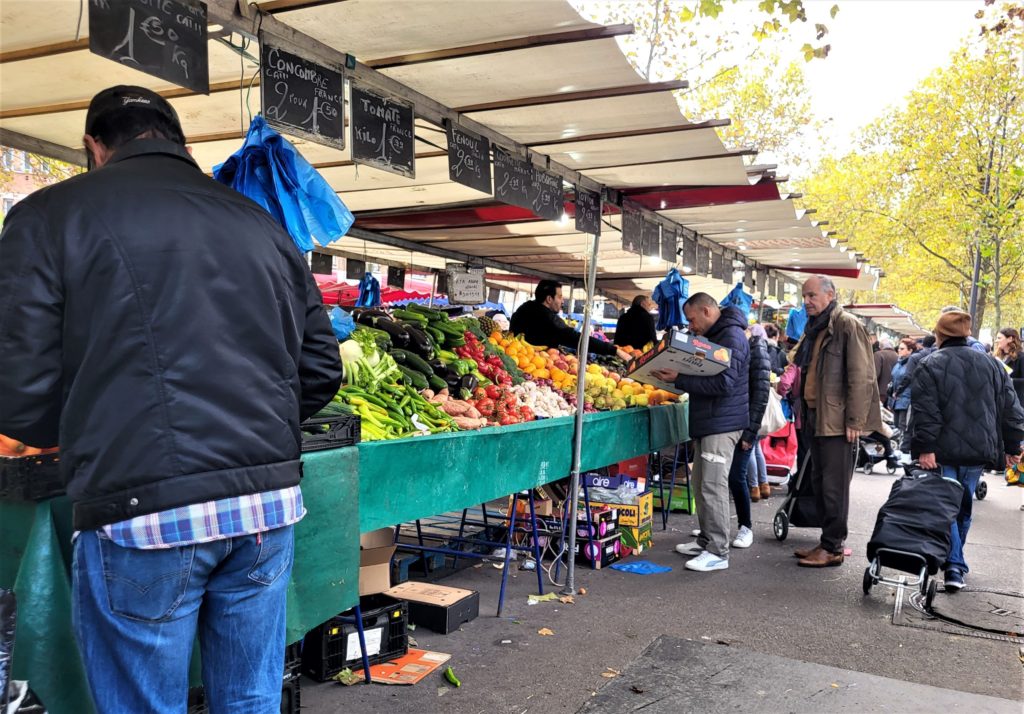
Another is the only butcher I have found in Paris who can cut up a chicken the American way (that is, separating the legs and the breast so the white meat and dark meat don’t cook together). “Leave it to me and come back later,” he said. It was perfect.
On a recent visit, I met our representative in the National Assembly, Astrid Panosyan-Bouvet. A member of President Emmanuel Macron’s governing party, she and an aide were there to chat with constituents.
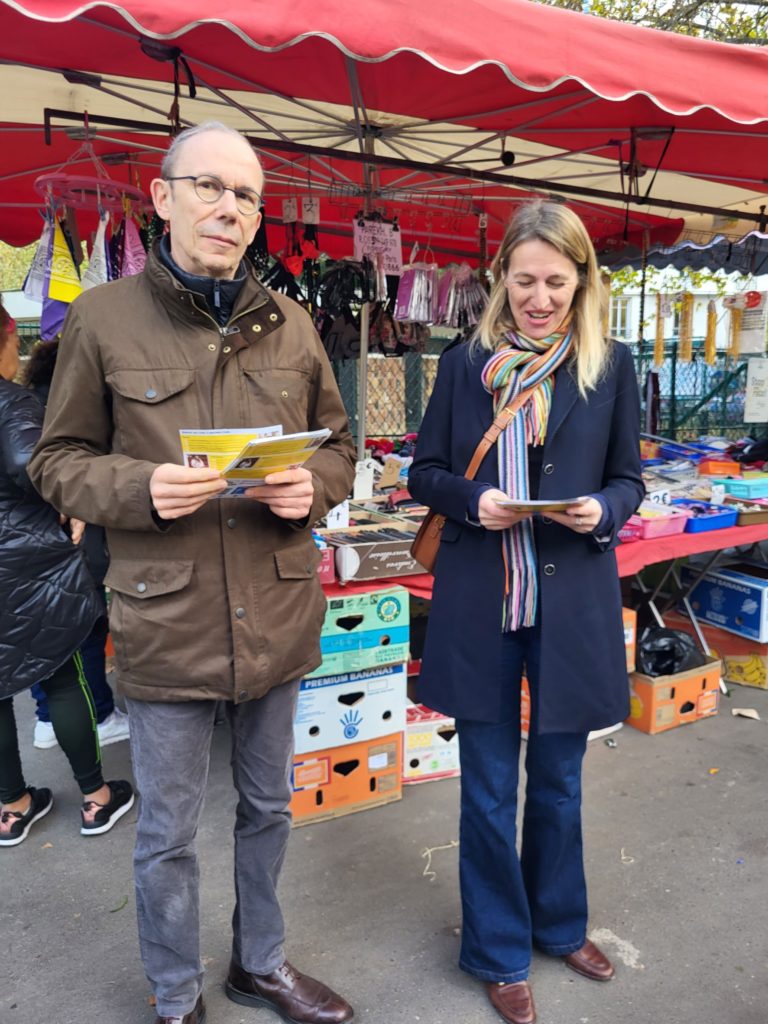
It turned out she had spent three years at Harvard’s Kennedy School of Government, getting a master’s in public administration, and was very interested in U.S. politics. She’d followed the midterm elections closely, including reading a New Yorker piece about them, and was waiting to see whether the Democrats could hold the Senate.

Someone who lived in another part of Paris, or was visiting, might not find these encounters all that interesting, and understandably so. The main reason I like the Marché Berthier is that it’s mine. It’s where I live and experience my adopted home. I hope others feel the same way about their markets.
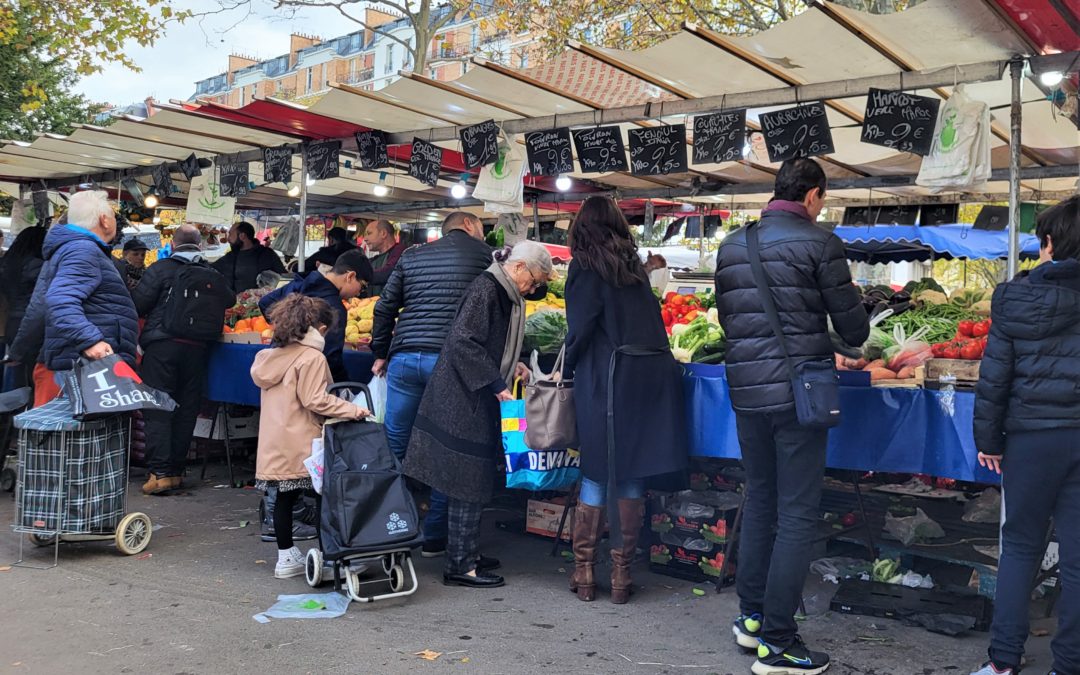
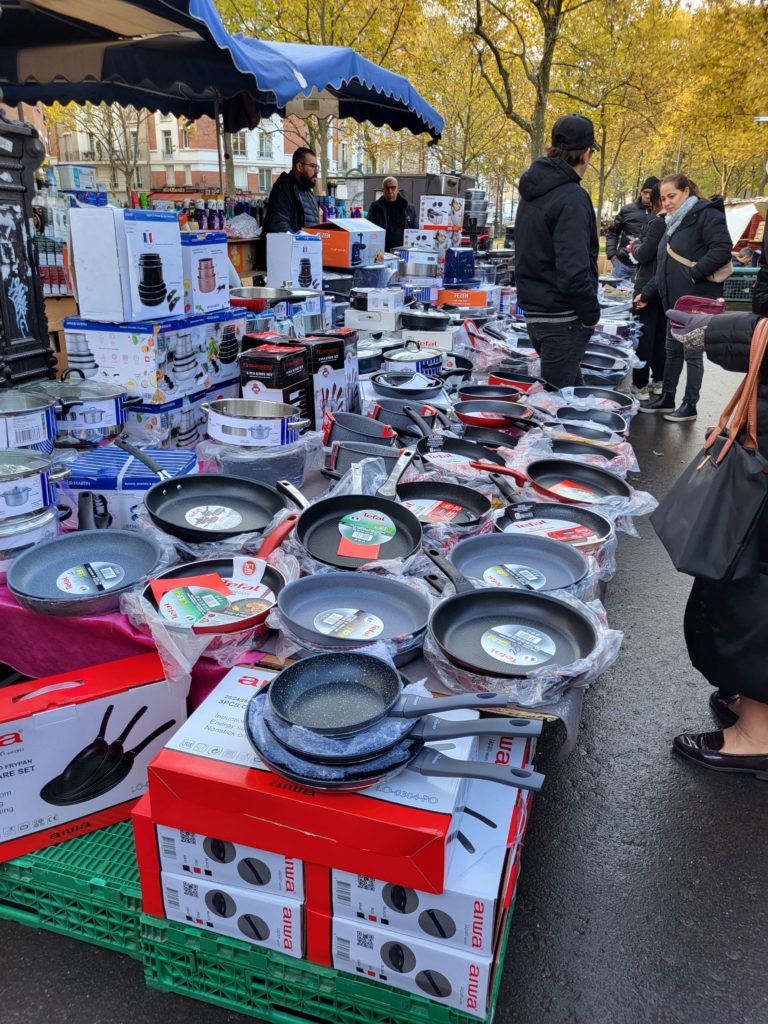
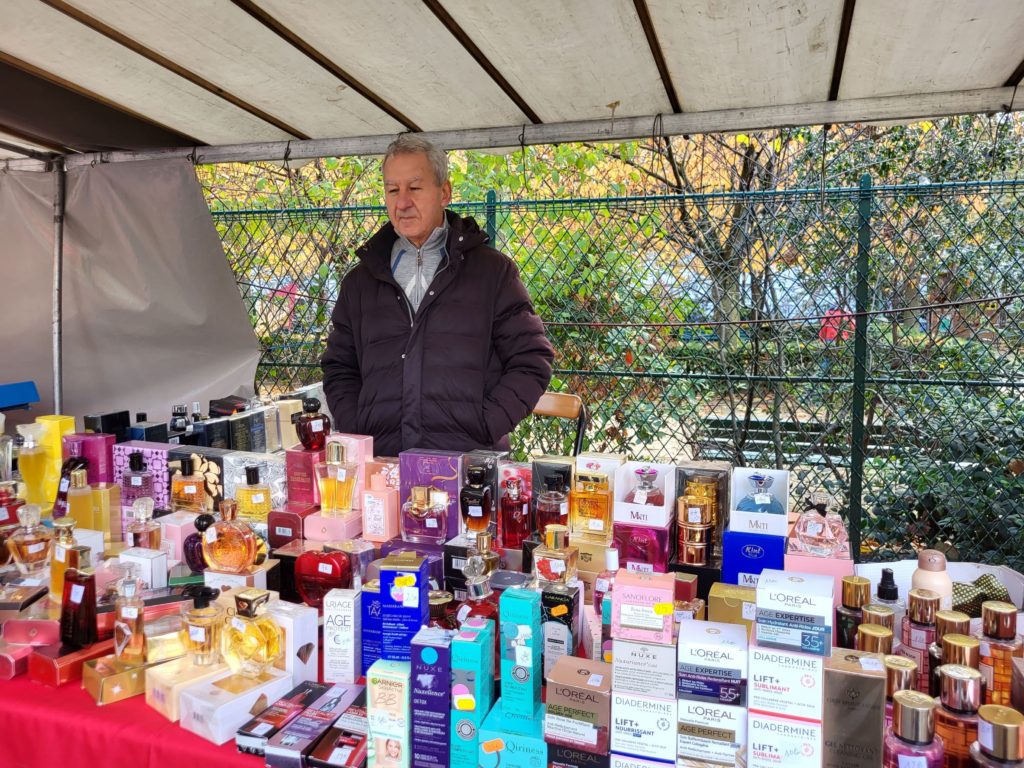
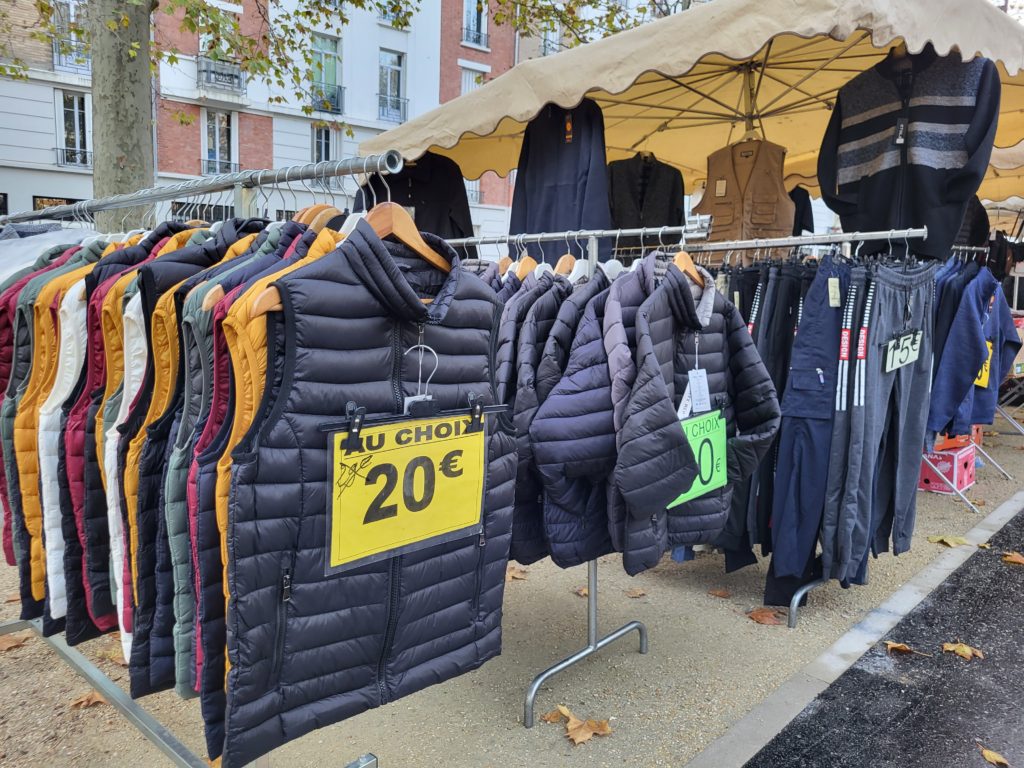
Lovely. I feel like I’ve gone to your local market with you!
Thanks, Joyce! Consider it a preview of when we actually do go.
I loved this story! Of course it’s yur favorite market. Maybe one day I’ll see Marche Berthier, but at least I got a taste!
Thanks! Let me know when you’re here and I’ll take you there.
Great piece, Anne!
Thanks, Kathleen!
Wonderful article and photos, it brought Paris back to me for a few minutes, and made me long to be there again soon.
Thank you, I’m so glad you enjoyed it!
Mine is probably either Monge or Maubert. These days I live closer to Anvers but those were my favs back in the 90s when we lived at Les Gobelins, and it still feels like home there. Also a great mix of food and non food. With nearby permanent market streets or enclaves.
How I miss Paris markets. Thanks for the article even though it makes me increasingly homesick.
Thanks and yes, there’s no market like a French market.
Interesting about the market and all the people you meet. I like the story about the white and dark meat cutting up of the chicken. Reminded me why we say white and dark meat . It dates to the Victorian era when it was considered impolite to say you wanted a breast, leg of a thigh . So instead you stated the color of the meat instead.
How interesting, I had no idea!
I still miss my market in the 15th under the elevated tracks near Dupleix. Before we left I took photos with all my favorite vendors. The cheese guy who always wore a beret. The family that sold pork. One of the sons is pictured holding pig’s ears above his head. The lovely woman who sold olives. Only in Paris does food shopping get so personal with vendors. Love to you and Charlie and the best lifestyle I once enjoyed!
That’s a great market. You need to come back and shop there!
Just discovered your blog via our very good friend Andy Cassell so I have some reading to do. We both love farmers’ markets whether in Europe or locally in Westchester so this is a great piece for me. We spent our 50th wedding anniversary in Chalone-sur -Saone and fell into the wonderful market in Louhans. You might also be interested in following “The Food Section” a weekly publication written by Hanna Raskin, a friend of mine who covers the Southern Food Scene. She is a brilliant journalist and a great writer.
Thanks so much, and thanks for the recommendation!